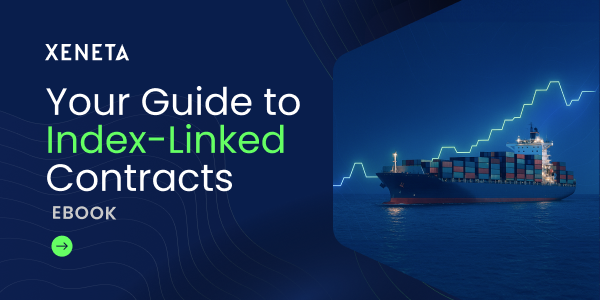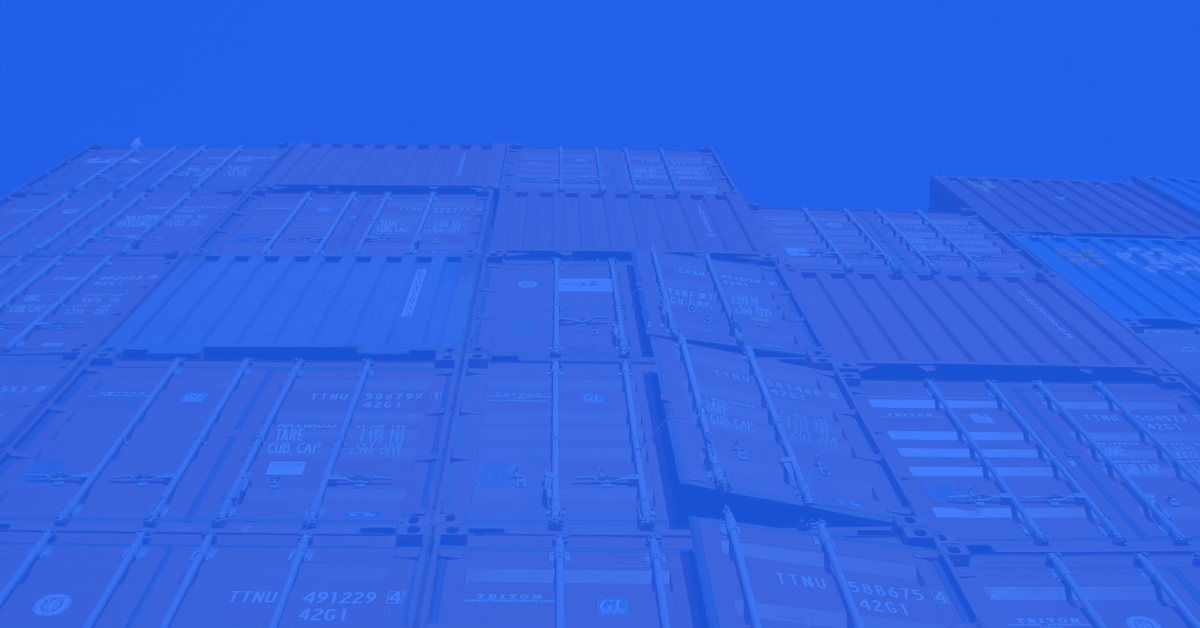The ripple effects of Chinese lockdowns & U.S. port congestion on ocean freight rates, along with continuing Russia-Ukraine crisis, have contributed to a disastrous start to the 2022 second quarter.
With the unpredictable global events currently creating havoc on the supply chains, learn what Xeneta experts have to say about the future of the ocean and air freight market.
“Be Patient” - Container Ship Recycling Will Return | GMS Podcasts
The container ship market will not see any significant recycling until rates fall to levels seen in 2016, according to Xeneta Chief Analyst Peter Sand talking on the GMS Podcast. Peter said he believed strongly that a “sustained level of appallingly low freight rates” is needed for owners to opt for recycling, despite the current record levels for scrap steel.
Listen to the complete discussion here.
The Real Victim of Shanghai’s Covid lockdown? Intra-Asia trade pipeline | Freight Waves
The slothlike trade moving out of Shanghai has created a short supply of raw materials traveling on the all-important intra-Asia trade route. Countries that make up this trade pipe — Vietnam, Malaysia, Taiwan, Japan, Korea, Indonesia and Cambodia — have factories waiting on crucial raw materials needed to finish goods ranging from apparel and footwear to furniture.
“We fear that the Shanghai lockdown is impacting the intra-Asian business more than Asian exports,” said Peter Sand, Chief Analyst at Xeneta.
Full report here.
How Will Companies Deal With Another Blow To The Global Supply Chain | Asharq Business With Bloomberg
While talking to Asharq business with Bloomberg during an interview on 13 April, Peter Sand talked about how will companies deal with another blow to the global supply chain as Asia supply chain stress is set to worsen in the months ahead, adding to concern about global inflation due to China zero covid policy.
Mass Traffic Jam In Front of The Largest Container Port In The World | Spiegel Business
"Depending on the terminal, the waiting times are between three days and a week, sometimes even more. Handling in the port area is currently only running at around a quarter of normal capacity. "We will feel the effects around the world for months," said Peter Sand to Spiegel.
Full story is available here.
E-commerce Is Where The Gold Lies For Anyone In Global Logistics | The Loadstar Podcast
In this Deep Dive Loadstar Podcast, Mike King explores how and why the acceleration in e-commerce trade, due to the Covid-19 pandemic, is changing retail and the world of international freight. How are supply chains being transformed? What does this mean for planning and procurement? And, as integrators, trucking companies, forwarders, 3PLs and retailers seek new supply chain profit centres, who will win this ‘battle royal’?
Listen to the full podcast here.
The Ripple Effects of Chinese Lockdowns & US Port Congestion on Ocean Freight Rates | Xeneta
Watch the latest on-demand webinar to understand how the global events may impact your tender and procurement strategies. Watch the full webinar on-demand here.
Airfreight Load Factors Ex-Shanghai Plummet As The Cargo Fails To Arrive
New data from Xeneta shows load factors (LF) had fallen to the lowest levels ever recorded.
“Last week, Shanghai westbound load factors were just 49%,” explained Niall van de Wouw, Chief Airfreight Officer at Xeneta.
“The average between January and March was about 92%. Since March, load factors out of Shanghai fell from a high of 93% to 58%, then reached 49% last week. Capacity has shrunk tremendously – but even then, airlines can’t get goods on board. It’s very bad for profitability, it’s a double-whammy. We can’t see from the data, but it either means handlers are unable to load goods, or the cargo has been diverted elsewhere. These are the worst load factor figures we have ever seen ex-Shanghai. The capacity is just not being used,” he noted.
Read the full story here.
The Major Impacts of The Shanghai Shutdown And The War In Ukraine On The Air Freight Market | Xeneta
Watch the latest 'State of the Air Freight Market' to monitor load factors and analyze the position of air freight rates.
Want To Learn More?
Schedule a personalized demo of the Xeneta platform tailored to match your container shipping and air cargo procurement strategy.
.png)



